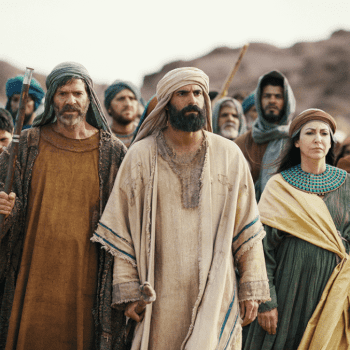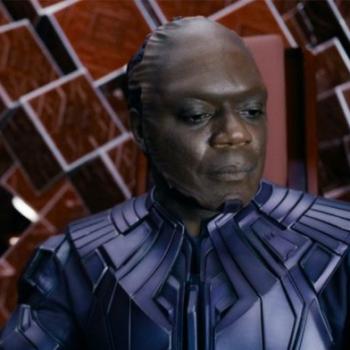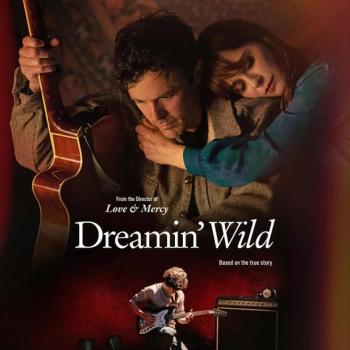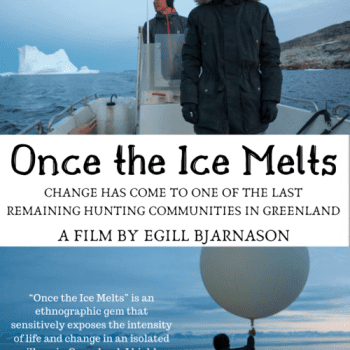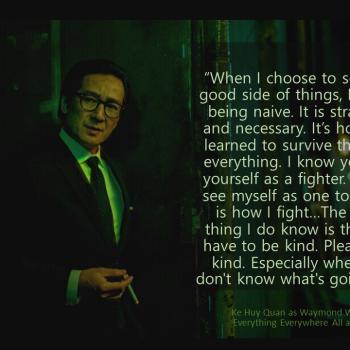The movie Burden about a KKK member who turns from racism opens in theaters today, and I am grateful to have had the opportunity to screen it in advance of its theatrical release. I am likely to be appreciative of any movie that both exposes the racism of the southern United States and calls those who persist in it to repentance. Having grown up in New York City with diversity simply as a given, the things I see in a movie like Burden shock and appall me. But so too does driving south from Indianapolis and seeing houses flying confederate flags. The United States is not in fact united in many important respects. Not in our values, nor in our experiences. Much of the way of life depicted in the movie seems as foreign to me as the values many of its characters espouse. Whether as an outsider or insider to the kind of racism that provides the backdrop to the creation of a “Redneck KKK Museum” in the town where the movie is set, the movie forces one outside their comfort zone. It is not without its shortcomings, to be sure. But as someone appalled by the ongoing prevalence of racism that I often think should merely be embarrassing history by this point, the movie forces me to wrestle not only with a National legacy and culture but a humanity of which I am a part that isn’t nearly as trustworthy, sensible, or kind as I wish I could believe.
The main character in the film is named Mike Burden, and his last name provides the title of the movie. We first encounter him working for a company that repossesses property from people who are in debt. He shows himself willing to make allowances – but not evenly. He lets a woman named Judy off the hook with whom he then forms a relationship, but doesn’t do the same for a black man with whom he went to school.
I was struck by a scene where Pastor Kennedy asks a store manager to teach his staff to stop seeing color. In our time, the idea of being “color blind” is not advocated in the same way it once was. The language may have been and sometimes still be intended to mean that one should not discriminate and treat people differently on the basis of color. But is the only way to treat people fairly to ignore their skin color, to pretend that we are not different as human beings, rather than to value every different shade of skin pigmentation (or hair or eye color or anything else)?
Over the course of the movie we get to hear a sermon on love, see white men pee a on black girl as they pass her in their pickup truck as she is walking down the street. We see the head of the repo company who is also the one setting up the KKK Museum complain about all the other cultures’ museums while they (supposedly) have to fight for the right to celebrate the white man. He refers to whites as the chosen people of God and Jesus, to God’s will for racial purity, and to God being on our side in their fight for the “cause of Justice for the white man.” The movie will make many viewers uncomfortable, but people still live and think in these ways, and so there is a need for those who live in parts of the country or elsewhere in the world where the situation is different to see what racism in the United States looks like, and what allows it to continue. Rev. Kennedy gets the chance to expose a key aspect of what fosters it in his dialogue in the film: people being told they are the pinnacle of evolution and of society, and yet living in a poverty that they cannot explain except in terms of there being discrimination against them. He emphasizes that the “redneck museum” is evil, and likely to serve as a recruitment magnet for the KKK.
The deed for the museum is given to Mike Burden to safeguard, who is supposedly regarded as like a son to the museum’s founder. That’s a point that will be important later. When Mike shows up to take Judy’s son fishing, she sends her son Franklin’s black friend along too, deliberately pushing Mike’s boundaries but also taking a terrifying risk with a child under the circumstances. That doesn’t get addressed in the movie, but will occur to viewers when, after someone trashes the redneck museum, Mike punches a black boy to the point of hospitalization. It later turns out the perpetrator was a local white man who objected to the museum’s racism.
While it is good to see Christians wrestling with ethics and retaliation, it is sad to hear facile comments that are all too common, such as the pastor responding to the invocation of the principle of “an eye for an eye” by saying, “That’s Old Testament.” But it is nonetheless refreshing to see explicit testing of the limits of how Jesus’ teaching is applied in such instances of injustice. Is this just the “blue-eyed Jesus of white folk.” Can a black pastor and his church really pray for the Klan in implementing Jesus’ teaching about praying for our enemies?
There are more moments when we see the horrifying paradoxes of racism. At the museum the woman guide says blacks are welcome there, since they too fought for the confederacy. Franklin learns to stab a knife from Tom Griffin. As he stabs a stuffed hay bag he is told, “Stick it in that dark meat.” Judy then gives Mike an ultimatum to choose Klan or her. When a group from Pastor Kennedy’s church protests at the museum and skirmishes break out, we see Mike on a rooftop with a rifle. But he cannot bring himself to shoot. Soon after he quits the Klan. As a result, he and Judy lose their jobs and no one locally will hire either of them. Police evict them from their house for non-payment of rent. After Mike ends up begging, Pastor Kennedy sees them and takes them for lunch. He tries to rent a room for them in a hotel owned by a parishioner but the man says he has no vacancies, wondering if the pastor realizes who he is dealing with. So the pastor brings them to his own home to stay there.
We learn about the kind of upbringing and indoctrination that gets someone into racism, which also provides clues of how someone might be reached and helped to find their way out of it. When he was a child, Mike’s father shot a deer Mike thought was cute. He called him a “pussy” if he cried. When
Mike falls back into old habits and attacks his new employer, he uses the n-word, and the portrayal of threats of violence and murder or at least violence that consistently accompany that word may help white viewers grasp the force of that slur in ways they otherwise might not.
There is a genuinely Christian perspective woven into the movie. The pastor says you can’t get rid of hate unless you replace it with something greater.
The pastor feels sorry for white males told they’re the end all and be all and yet who are poor, uneducated and raised in brutality. They cannot reconcile the two, and it twists them. The pastor confessed that he wants to send Mike away, but says he also knows that if he does that he won’t be able to preach any more. The pastor puts flowers at his uncle’s grave who was lynched by the KKK. Talking with Mike, the pastor calls him to align himself with love, with God. Take responsibility for your actions, he says. Repent, find redemption. Mike confesses his crimes both to the authorities and to Pastor Kennedy’s congregation as he stands in the river to be baptized. As he is immersed, “Take Me To The Water” is sung the church choir. He admits things he had done to them as a community and says he hopes they and God can forgive him one day. Franklin and his friend play together in a way that I think is supposed to convey hope for the next generation to not inherit the prejudice of the previous one. The movie draws to a close with a deer coming up to Mike as he sits under a tree. He laughs with a deep joy. We get the sense throughout the film that this is a simple man, not especially bright or well educated. But that childlike aspect provides a way to reach him that someone with a more sophisticated and elaborate system of thinking might provide defense against would-be infiltration by challenges to racism.
The end text directs viewers to fundraising efforts connected with the hashtag #rehabhate. We also see interview clips with the actual people portrayed by actors in the film. The real Mike’s statement about Judy, “She changed me,” conveys what is at the same time hopeful and distressing about a movie like this. It seems that the love of a white woman who rejects racism can reach a man whom black former classmates and fellow human beings cannot. Is that a reason to feel encouraged by the possibility of change, or sorrowful about the fact that other things that ought to be more significant fail to make an impact?
In concluding text we learn that in 2017 his church took possession of the KKK museum building Mike had sold to them earlier in the film, Tom Griffin having died by that point.
For a much more critical perspective see this review in The Daily Beast by Cassie Da Costa. See also the British perspective in The Guardian as well as more in The Christian Post.
The movie contains a lot of challenging content. When you go see it, let me know whether you think it is the kind of movie that, whatever it’s flaws, might just possibly help racists shift away from that outlook, and/or help those who’ve rejected racism for as long as they can remember to fully grasp the horrors of racism, and understand the communities and their experiences that allow racism to thrive.







